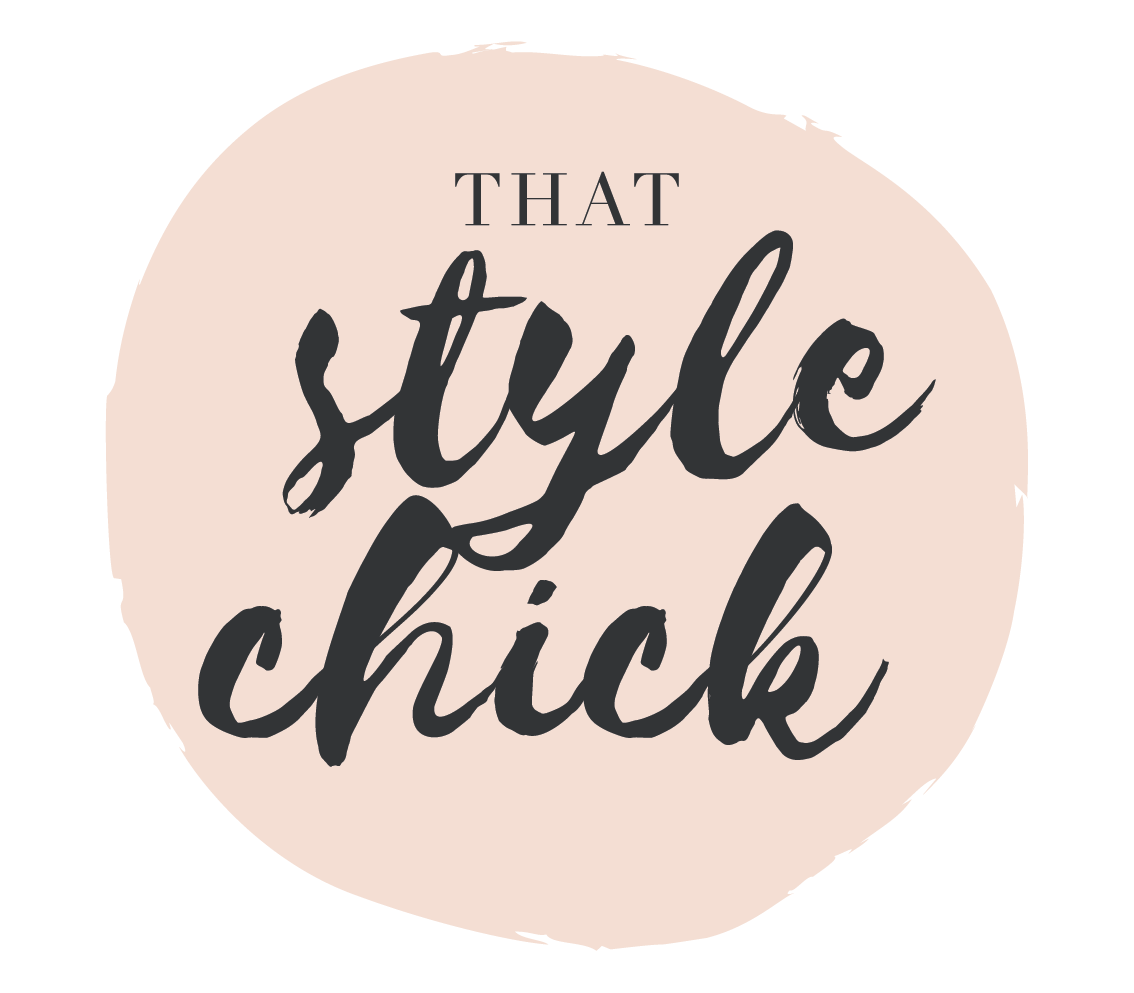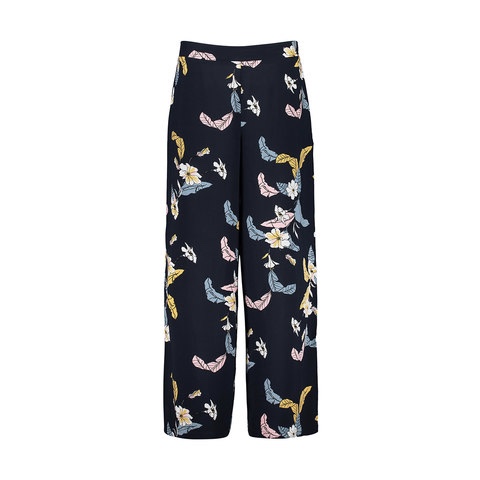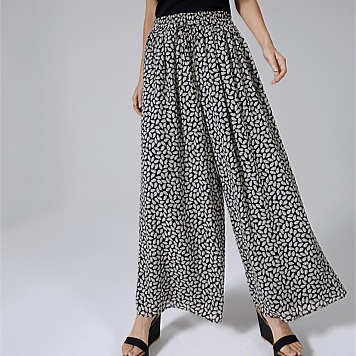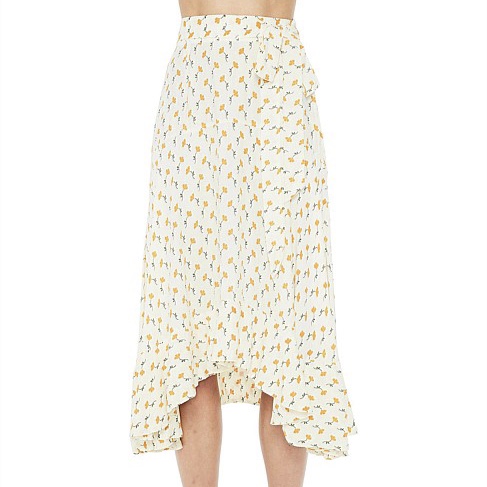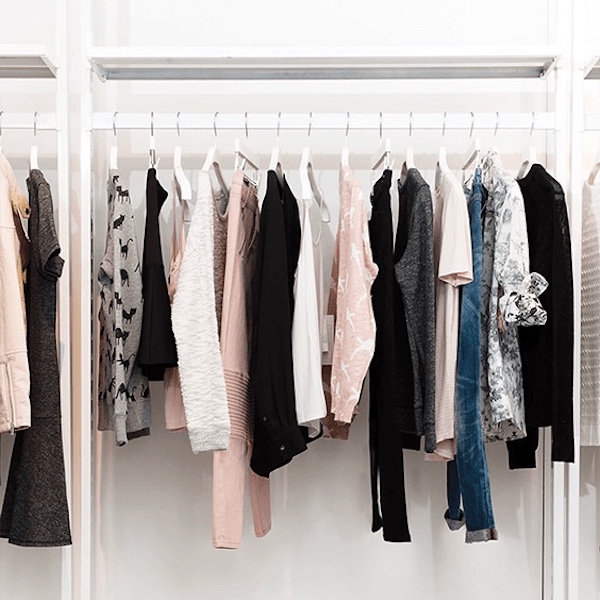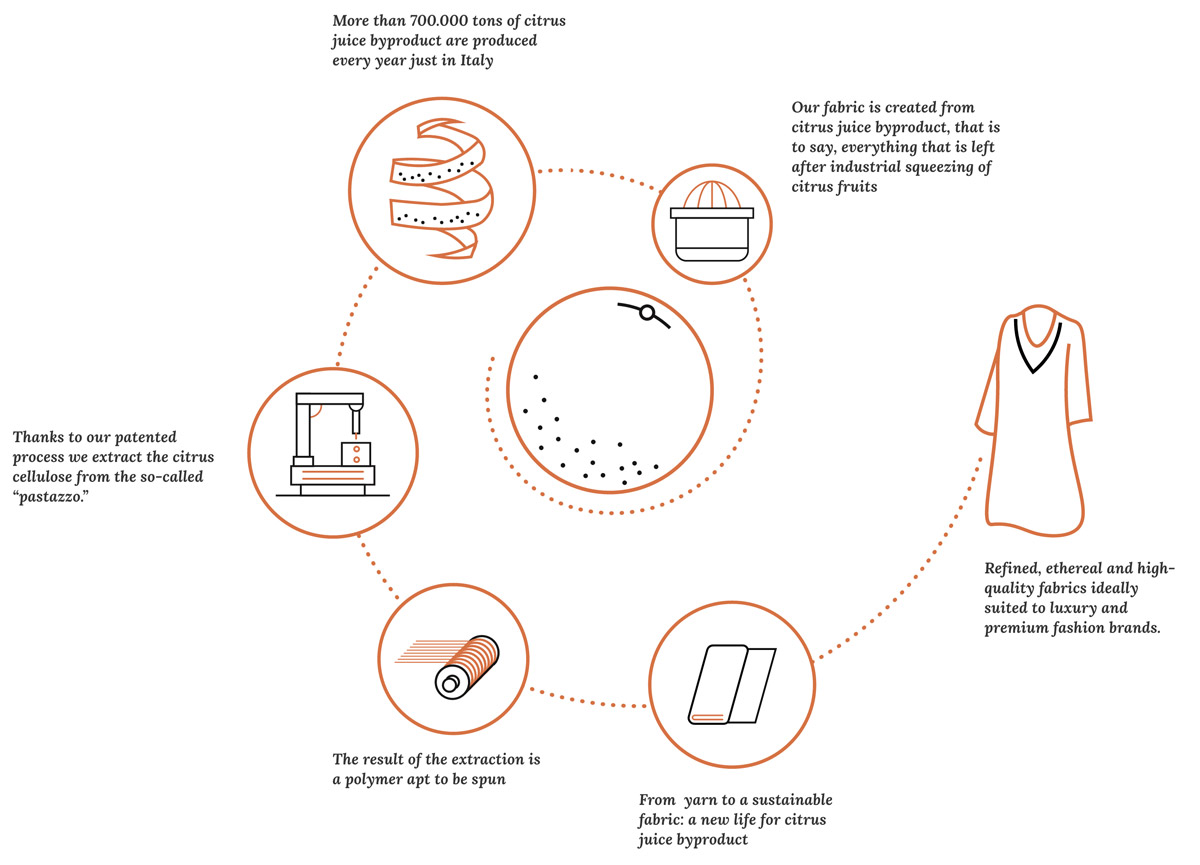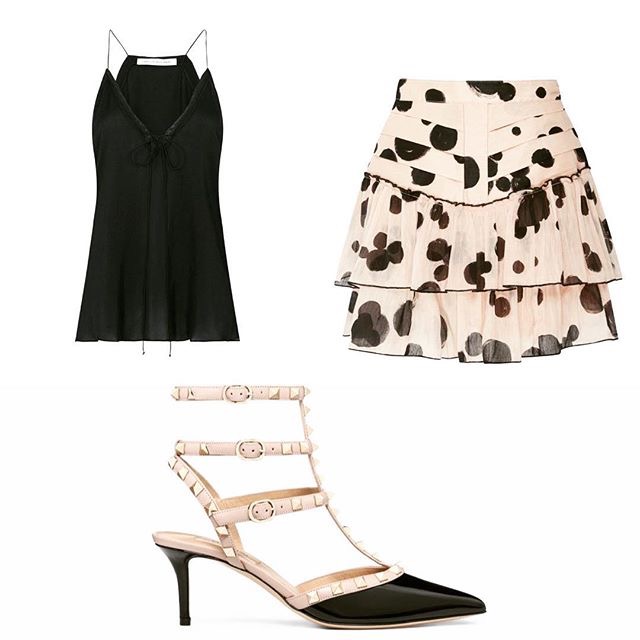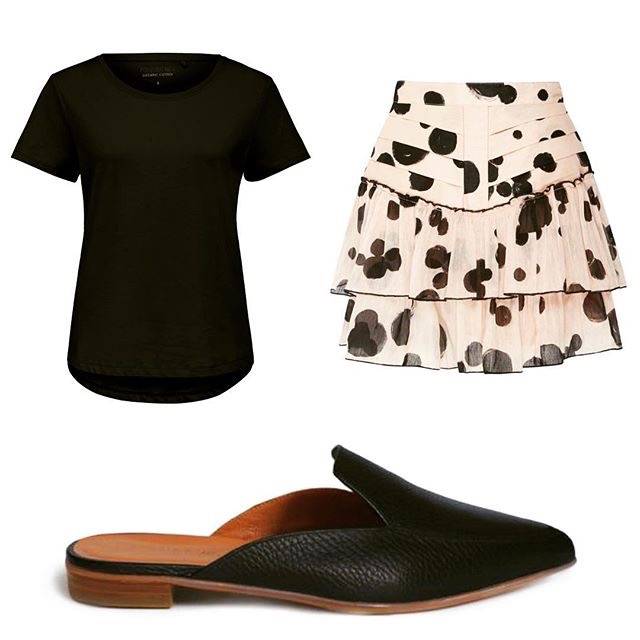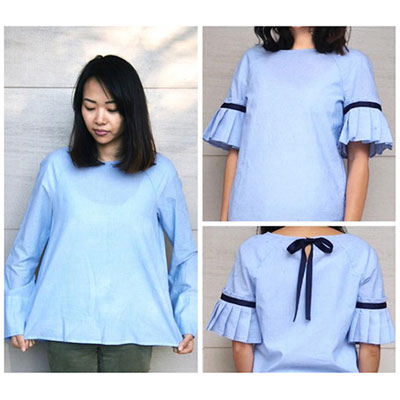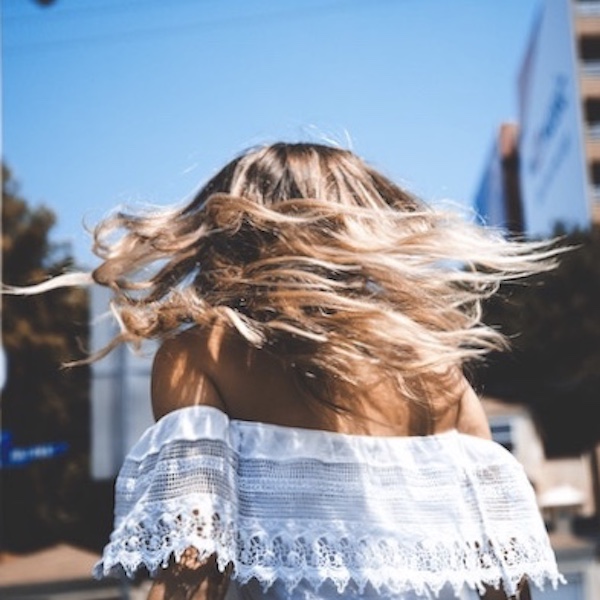
Stay Cool and Look Fab
We’ve had some insane hot weather spells here in Melbourne and it’s probably not the last of it. I’m going to share my top tips for hot weather dressing and they may not be what you think!
If you live anywhere in Australia, hot sunny weather is a fact of life and you might still need to look pulled-together for work. You have to balance comfort and practical concerns with style. When you have your work appearance to consider as well, it can be tricky – especially if you catch public transport to work. Nobody wants to arrive at 9 am drenched in sweat with sticky underarms, or to pass out while standing at a tram depot because their outfit is too restrictive. Staying under an A.C. unit all day every day, or escaping to cooler destinations for the whole summer is not a viable option for most of us.
Luckily there are ways to dress for hot weather that can make you feel more comfortable and look fabulous.
Here are my 8 tips:
1. Choose your fabric wisely
When it comes to breathability, not all fabrics are equal. I don’t know about you, but sitting in a sauna is the last thing I feel like doing on a sweltering day. Synthetic fabrics can create a sauna-effect, trapping hot air close to the body and increasing body temperature and sweating even further.
Materials to avoid:
Nylon, polyester and viscose.
Materials to opt for:
Silk, cotton and linen. If you are worried about excessive wrinkling, go for linen/cotton or linen/silk blends.
2. Get colour cool
Pastels are a cool idea (pun intended) as they make you think about ice cream and light colours attract less heat. There are some great gelato colours in store for summer. That said, if you have a tendency to sweat, darker colours are more forgiving.
The Iconic lets you narrow down your search based on colour, fabric and size, so you can browse through a shortlist of options by different brands. Here’s just a snippet of the results for a ‘cotton, blue or blue/green’ dress.
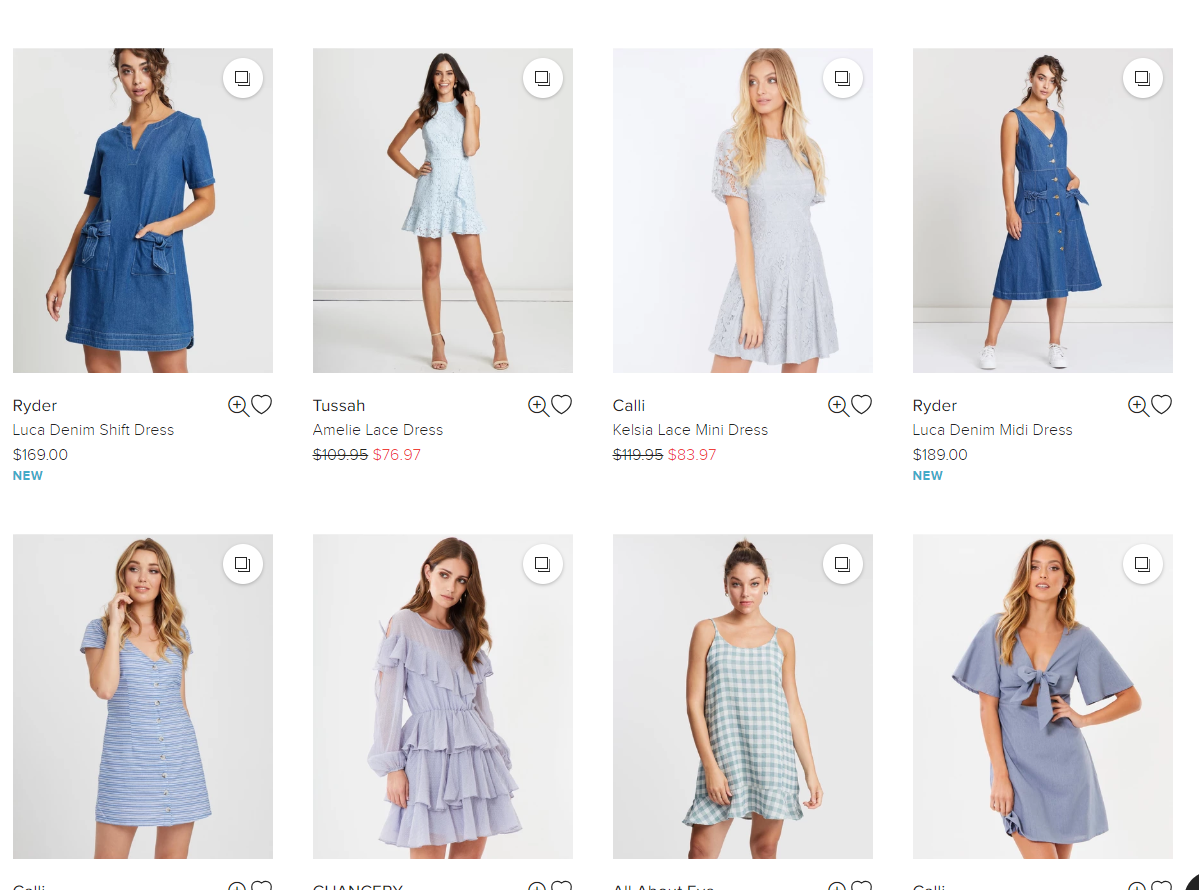
3. Think of your feet
Choose flat shoes or sandals to comfortably accommodate your heat-swollen feet while staying stylish. You can always bring a pair of heels to change into once you get to your air-conditioned office. Leather or cotton lining is best to reduce sweating.
Bared has a selection of flats and sandals that will not only complement any outfit, but provide support for your feet. If you prefer a heel over completely flat sole, then look for a pair of wedges like these Alia Mae ones from Wanted Shoes.
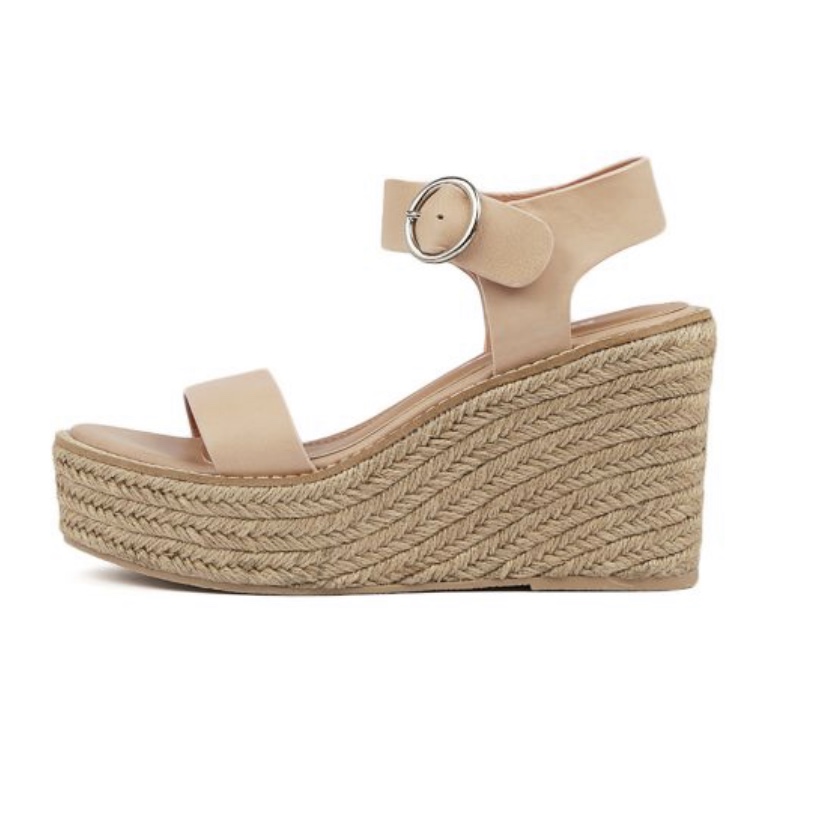
4. Beware tight pants
If you go for pants – the wider, the better and make sure the fabric is breathable. There are so many alternatives to jeans – culottes, palazzo and pyjama style pants.
You can find great numbers in any price category.
5. Embrace a larger perspective.
While you might feel like escaping the heat in the tiniest top and skirt, not all of us have the body to pull it off. Even for those who do, on a really hot day flowy, longer pieces are a good way to go. A maxi skirt is better than a mini so that your legs don’t stick to your seat (no one wants to leave a wet seat behind!). Covering up in breathable fabrics also provides extra protection against the sun’s rays.
Faithfull the brand always has loose-fitting options in breathable fabrics and understated pretty prints. Here are just two options:
6. Loose classic cotton shorts are better than denim ones.
Bermuda shorts are definitely having a strong moment this summer. Paired with a blouse or a sleeveless top and a jacket, they can be appropriate for work while feeling more summery than trousers.
A pair from Zara
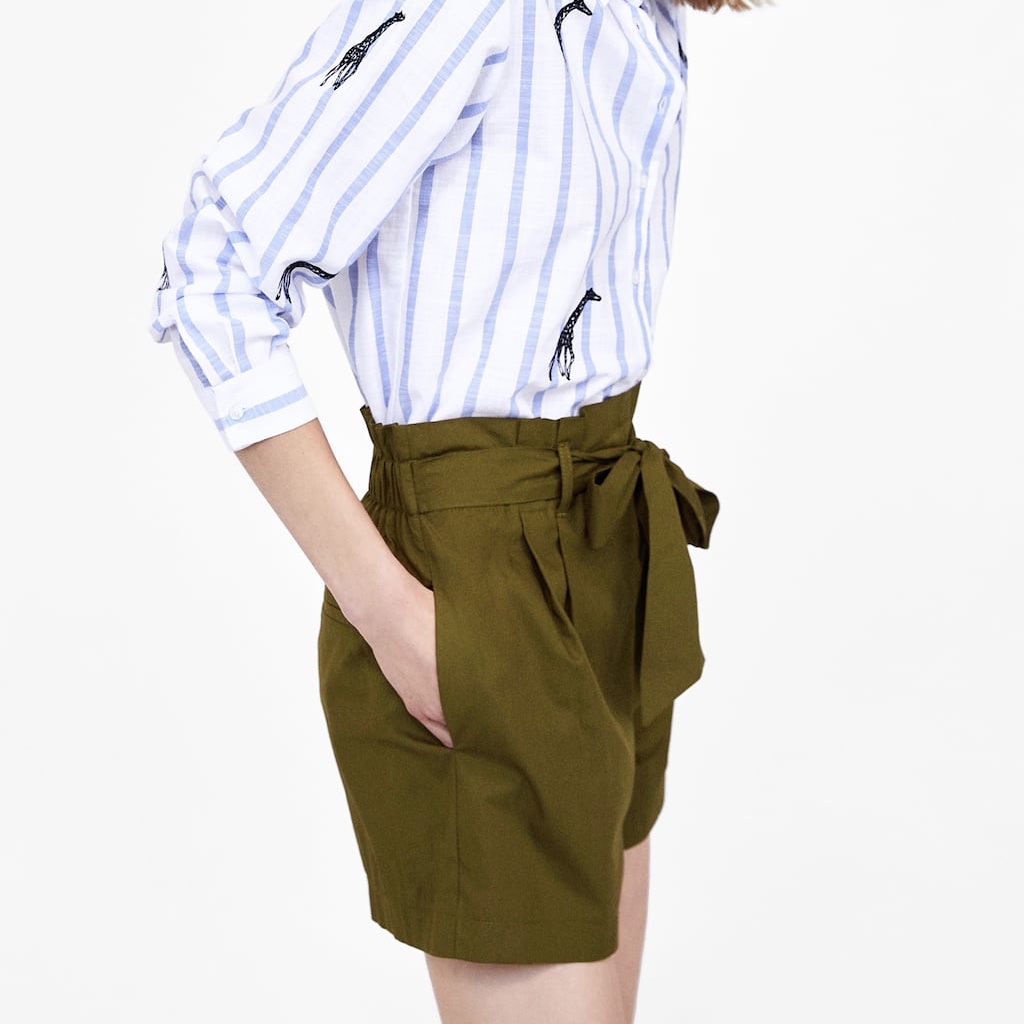
7. A flowy dress instantly makes you feel cooler, especially if it’s in a summery print.
I’m a big fan of dresses for any season. This one piece replaces the need to put outfits together, so they are a great option for when you are short on time. You can dress them up or down with different style shoes or accessories. In short, dresses can do it all.
8. If you feel that your outfit is a bit plain, choose some bold accessories or a statement lip.
The abundance of neutral colours and simpler fabrics in the summer may make you miss the more complex and layered outfits of colder seasons. You can always make it pop with colourful jewellery and accessories, add a printed scarf, or go for a brightly coloured bag. Turban headbands have been seen on many influencers and celebrities and they are great help with summer hair.
Summer heat can be quite taxing, but your style can make you feel fabulous and comfortable whether you’re running errands or commuting to work. I’ve been pretty much living in a uniform of flowy dresses and runners during the week, and jumpsuits with comfy heels for balmy nights out.
What are some of your go-to pieces for hot weather dressing?
